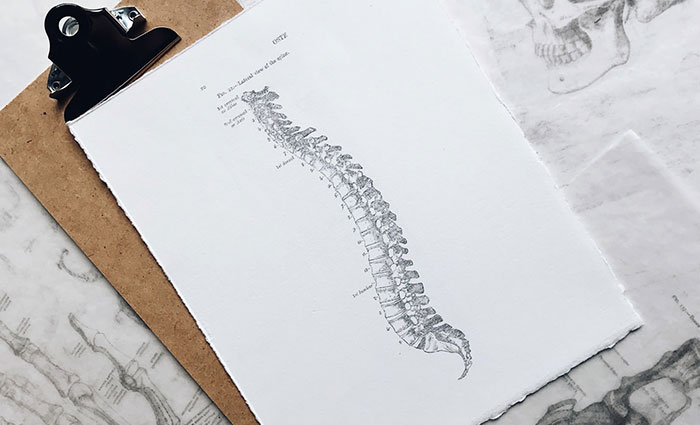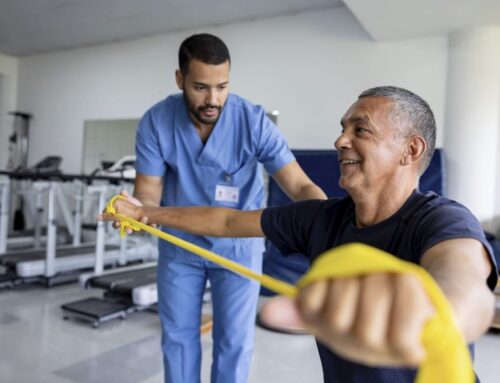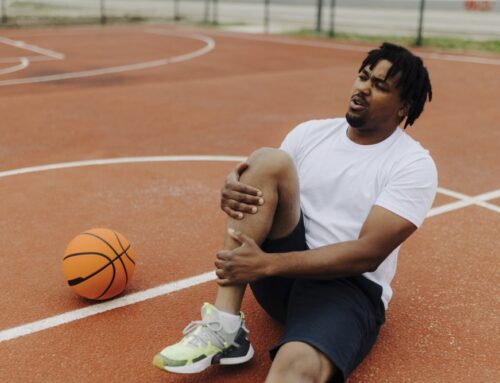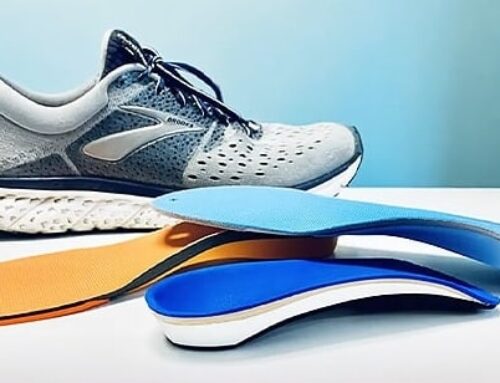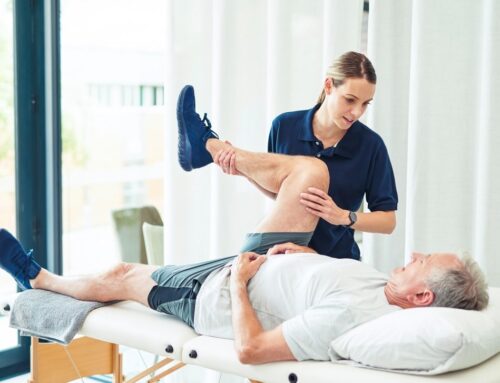You may have heard the term degenerative disc disease as it relates to back pain. In fact, degenerative disc disease isn’t a disease at all. This condition describes damaged spinal discs, which can cause extreme back pain as well as other symptoms. Here is everything you need to know about degenerative disc disease.
What is degenerative disc disease?
Healthy discs between the spinal vertebrae function like shock absorbers to absorb the forces as you bend, flex and twist. Over time, discs break down and cause degenerative disc disease, but not everyone feels pain.
As you age, the discs can begin to degrade. Nearly everyone will experience some degree of disc degeneration from normal wear and tear. Magnetic resonance imaging (MRI) studies show that almost everyone older than age 60 has degeneration of the discs.
What causes this condition?
Aging is the most significant factor for degenerative disc disease. Age leads to two leading causes of the problem:
- Discs begin to lose fluid and dry out, therefore not absorbing shocks as well as healthy discs.
- Discs can become injured, tearing during sports or everyday movements. The outer covering of the disc can develop a tear, causing the internal fluid in the disc to leak out. This compromises the disc and renders it unable to absorb shock as well.
Swelling, pain and spinal instability can all result from these injuries. Because discs have very little of their own blood supply, they cannot heal on their own once the injury has occurred. Instead, discs continue to deteriorate.
What are the symptoms?
The most common symptom of degenerated discs is pain. Most pain tends to occur in the lower back or neck, but other forms of pain can occur. It depends on the location of the degenerated disc or discs.
For a cervical disc that has degenerated, you may have neck pain that radiates to the arms and hands. For a lower back disc injury, pain can affect the lower back or thighs and buttocks. The pain is usually worse when sitting and frequently worsens during bending, lifting or twisting movements.
Pain can range from mild to debilitating. It typically gets better when walking or moving and when changing positions from sitting to lying down.
As the disc degenerates, you may experience episodes of severe pain that last a few days. You may also feel tingling and numbness in the arms and legs. As the disc continues to degenerate, pain episodes may even last a few months. Over time, the disc may completely collapse, causing the vertebrae to grind against each other, causing pain and stiffness.
Weakness in the leg muscles may occur, as well as foot drop, a condition in which the foot muscles become weak. These muscles lift and flex the ankle and toes, so the condition usually causes the foot to drag while walking.
However, not all people who have degenerated discs experience back pain.
How is the condition diagnosed?
Physicians will ask patients to thoroughly describe symptoms and discuss how the pain began and how long it has been occurring. Doctors assess patients with the types of pain described above for degenerative disc disease. A doctor may diagnose a patient with degenerative disc disease if they cannot attribute the pain to another spine problem.
To make a definitive diagnosis, the physician will take the patient’s detailed medical history and perform a thorough physical exam. Physicians may order an MRI, which can show disc damage. However, an MRI by itself cannot confirm the presence of degenerated discs.
How is it treated?
Physicians start the treatment plan by trying to control the pain. They may prescribe over-the-counter or prescription medications. Pain relievers such as acetaminophen work well, as do non-steroidal anti-inflammatory drugs like ibuprofen.
Depending on the location and severity, your doctor may recommend exercises to strengthen the surrounding back muscles that support the spine. Exercise can also make the muscles more flexible and increase blood flow, which helps provide oxygen and nutrients to promote healing.
Your doctor may recommend physical therapy. Heat and cold therapy may also help. A treatment called spinal immobilization can also relieve disc pressure.
At some point, you may need cervical disc replacement surgery to replace the damaged disc with an artificial disc.
In some cases, the surgeon may recommend a spinal fusion to stabilize the spine.
Treating degenerative disc disease in the Raleigh-Cary region
The Cary Orthopaedics Spine Center is the region’s only comprehensive spine specialty practice. We offer full-service care to patients who suffer from neck and back pain or spinal disorders.
Our highly skilled, fellowship-trained spine specialists can help you find relief from pain caused by degenerative disc disease. Contact us today to make an appointment at one of our Triangle locations.

